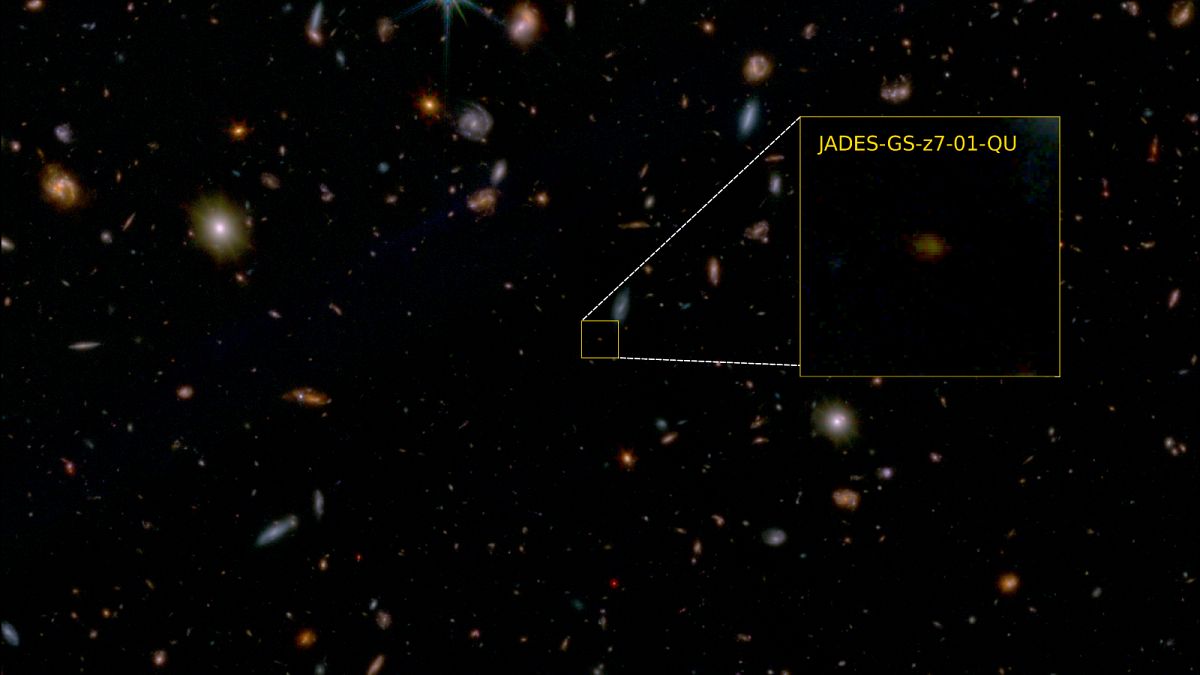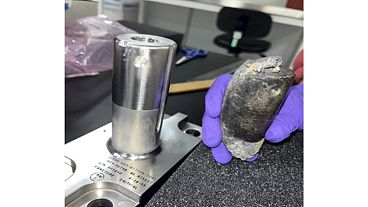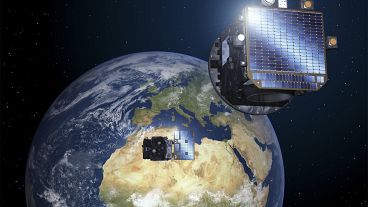Using the James Webb Space Telescope, astronomers have made a new observation of what they say is the oldest galaxy seen to have stopped forming stars.
An international team of astronomers has spotted a so-called “dead” galaxy that stopped forming new stars just 700 million years after the Big Bang.
The astronomers say it’s the oldest such galaxy ever observed and could help them to understand how star formation is regulated and why galaxies stop forming new stars, something called “quenching”.
The research was published in the journal Nature.
“The first few hundred million years of the universe was a very active phase, with lots of gas clouds collapsing to form new stars,” said Tobias Looser from the University of Cambridge’s Kavli Institute for Cosmology and the paper’s first author.
“Galaxies need a rich supply of gas to form new stars, and the early universe was like an all-you-can-eat buffet,” he added.
Star formation is an important part of galaxy formation and evolution. This particular galaxy stopped forming new stars around 13 billion years ago and appeared to start and stop forming stars quickly.
The astronomers determined that the galaxy had a “short and intense burst star formation” that stopped between 10 and 20 million years before the point in time it was observed with the James Webb Space Telescope.
Galaxy could be playing ‘dead’
Mechanisms such as feedback from star formation and supermassive black holes are among those proposed as possible reasons for star formation slowing or stopping.
It’s also possible that gas was consumed without being replenished during star formation, essentially starving the galaxy.
“We’re not sure if any of those scenarios can explain what we’ve now seen with Webb,” said co-author Roberto Maiolino, who is a professor of experimental astrophysics at the University of Cambridge.
“Until now, to understand the early universe, we’ve used models based on the modern universe. But now that we can see so much further back in time, and observe that the star formation was quenched so rapidly in this galaxy, models based on the modern universe may need to be revisited,” he added.
It’s possible that while the galaxy appears “dead” when they are observing it, that it started forming new stars again, but more observations are needed to determine that.
This is one of the deepest observations made with the James Webb telescope, the astronomers said and used data from the JADES (JWST Advanced Deep Extragalactic Survey).



